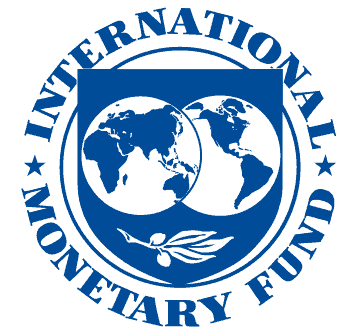The global macro-economic future remains precarious amongst huge uncertainties according to the head of the capital markets department at the IMF, Tobias Adrian, who warns of fragilities including the disconnection between the real economy and financial markets, and growing debt, as potential interruption to future growth.
Global growth is projected at 5.2 per cent in 2021 according to the IMF with wide negative output gaps and elevated unemployment rates this year and in 2021. According to the recently release world economic outlook from the IMF, A long and difficult ascent, after the rebound in 2021, global growth is expected to gradually slow to about 3.5 per cent into the medium term.
According to the most recent report, global growth is projected at -4.4 per cent in 2020 which is a less severe contraction than was forecast in its June world economic outlook. Importantly in its October outlook, the IMF says the pandemic will reverse the progress made since the 1990s in reducing global poverty and will increase inequality.
Speaking at the launch of the global financial stability report this week, Adrian who is financial counsellor and director of the monetary and capital markets department at the IMF, said policy makers have made bold unprecedented action to safe guard the financial system.
“For the moment near-term financial stability risks have been restrained thanks to extraordinary monetary policy and massive fiscal support,” he said. “That dramatic action has stabilised global financial markets, boosted investor sentiment and maintained the flow of credit. Critically the size of policy support has helped prevent the destructive micro financial feedback loops that were so prevalent in the financial crisis in 2008.”
However, Adrian says that some pre-existing vulnerabilities are now intensifying representing potential headwinds to the recovery.
“Risks to growth are still tilted to the downside and the probability that global growth will fall below zero in 2021 is close to 5 per cent. This tail risks suggests the economic future remains precarious amidst huge uncertainties.”
He says there is a risk that recent policy actions may have unintended consequences beyond policy makers stated objectives.
In particular he points to the persistent gap in financial markets where rising stock market valuations and the weak performance of the real economy are disconnected.
“This gap is hopefully going to narrow as the economy regains steam. But if the recovery is delayed, if it takes longer than expected to get the virus under control then investor optimism may wane,” he said. “Policy makers face a tradeoff in decision making between support needed today and implications of rising vulnerabilities for growth in the medium term.”
Adrian also pointed to the higher and increasing levels of debt in some sectors pushing solvency risk into the future.
“Renewed liquidity pressures could easily morph into insolvencies especially if the recovery is delayed. The resilience of the banking sector is likely to be tested. Our analysis shows that some banking systems may suffer significant capital shortfalls, and a large number of firms and households won’t be able to repay their loans,” he said. “We also have concerns about the non-bank financial sector institutions which now play a growing role in credit markets in advanced economies including its riskier segments.”
He said the increased links between corporations, banks and non-bank financial institutions imply that at some point fragilities could spread through the entire financial system.
“After the pandemic is under control a robust financial sector reform agenda should focus on rebuilding bank capital buffers, strengthening the regulatory framework for non-bank financial institutions and stepping up prudential supervision to contain excessive risk taking in a lower for longer interest rate environment.”
Adrian called for policy makers to carefully sequence their response to build a bridge to a sustainable recovery. He said as economies reopen, monetary policy should remain accommodative to sustain the recovery and liquidity support should be maintained.
“A robust framework for debt restructuring will be critical to reduce debt overhangs to resolve non-viable firms,” he said.
Importantly Adrian called for the immediate policy agenda to be mindful of one over-arching objective: the transformation of today’s carbon intensive economic model and a transition to a greener, cleaner and more stable economy.



